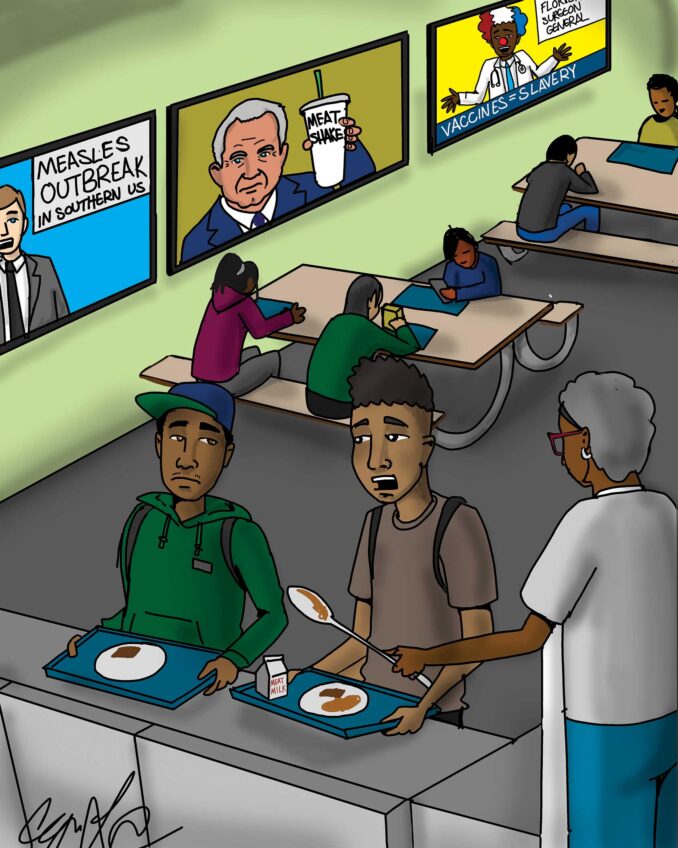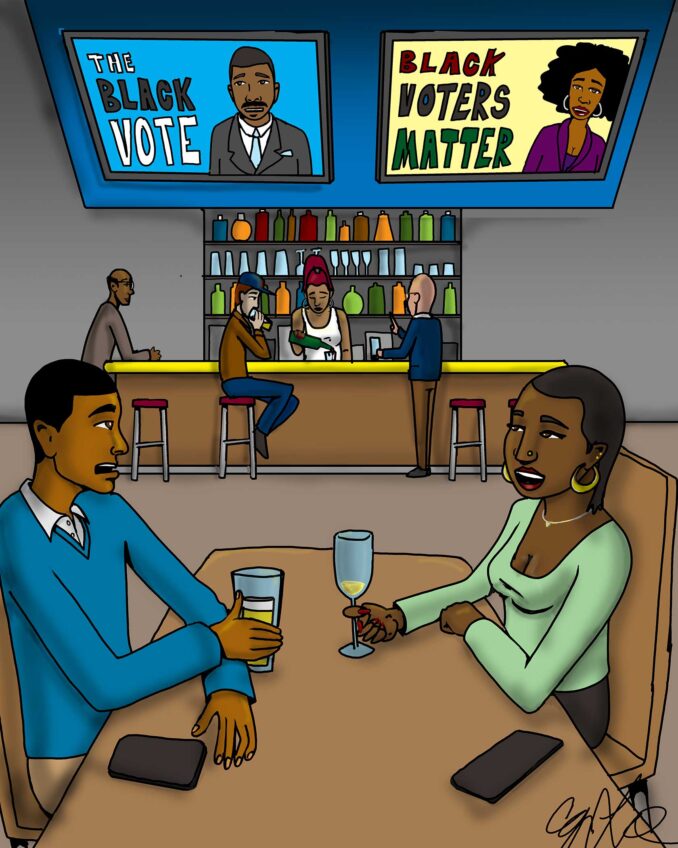On June 30, a long-awaited and consequential Supreme Court decision denied forgiveness that would have erased $430 billion of federal student loan balances for 20 million borrowers and lowered the median amount owed by another 23 million borrowers from $29,400 to $13,600.
Instead, the nation’s highest court yielded to six states – Arkansas, Iowa, Kansas, Missouri, Nebraska and South Carolina – that had challenged the plan’s legality.
In his opinion for the 6-3 majority, Chief Justice John Roberts concluded Education Secretary Miguel Cardona did not have the power to cancel student loans under a 2003 law. “The question here is not whether something should be done; it is who has the authority to do it,” he wrote.
In a stark dissenting opinion, Justice Elena Kagan rebuked her colleagues.
“After today, no one will have to go back 50 years for the classic case of the court manipulating standing doctrine, rather than obeying the edict to stay in its lane,” she wrote.
Reactions from civil rights organizations were as swift as they were serious.
“The Supreme Court’s decision to strike down the president’s program is a clear disregard for what millions of Americans need — especially Black Americans,” said Derrick Johnson, CEO of the NAACP. “America has so easily forgiven greedy corporations for their debts – why would they refuse to provide the same grace and investment in our own students?”
In response to the court’s rejection of student loan forgiveness, Education Secretary Miguel Cardona announced a three-pronged effort to mitigate student loan debt beginning this summer and before next July 1.
“[T]he Department finalized our new income driven repayment plan, Saving on A Valuable Education (SAVE), which will be the most affordable repayment plan in history,” Cardona said. “It will cut monthly payments to zero dollars for millions of low-income borrowers, save all other borrowers at least $1,000 per year, and stop runaway interest that leaves borrowers owing more than their initial loan.”
Borrowers who enroll in the SAVE plan and pay what they owe will no longer see their loans grow due to unpaid interest. An estimated 70 percent of borrowers who already were on income-driven-repayment (IDR) before the payment pause are expected to see their payments on undergraduate loans cut in half, compared to other IDR plans. This will ensure that borrowers will not see their balance grow as long as they keep up with their required payments.
SAVE also provides adjustments for borrowers with varying family status and incomes. For example, single borrowers earning less than $15 an hour or $32,805 annually will not have to make any payments. Borrowers with a family of four can earn up to $67,500 and owe no payments. Married borrowers who file their taxes separately will no longer be required to include their spouse’s income in their payment calculation for SAVE. These borrowers also will have their spouse excluded from their family size when calculating IDR payments, simplifying the choice of repayment plan for borrowers. And borrowers earning above these annual amounts would save more than $1,000 a year on their payments compared to other IDR plans.
When the plan is fully implemented next July, additional benefits will begin and include:
• Borrowers who have undergraduate and graduate loans will pay a weighted average of between 5-10 percent of their income based upon the original principal balances of their loans. For example, a single undergraduate borrower making $50,000 a year would see payments fall an additional $72 a month, bringing their total reduction on the SAVE plan to $163 a month;
• Borrowers whose original principal balance was $12,000 or less will receive forgiveness after 120 payments, the equivalent of 10 repayment years. An additional 12 payments will be added for each additional $1,000 borrowed above that level, up to a maximum of 20 or 25 years; and
• Borrowers in default will gain access to the existing income-based repayment (IBR) plan, allowing them to access lower payments and progress toward forgiveness while they work to exit default. However, borrowers in default who provide income information that shows they would have had a $0 payment at the time of default will be automatically moved to good standing, allowing them to access the SAVE plan.
An old adage teaches us that where there’s a will, there’s also a way. Here’s hoping this alternative loan forgiveness program will relieve the nation of its unsustainable debt.
Charlene Crowell is a senior fellow with the Center for Responsible Lending.






